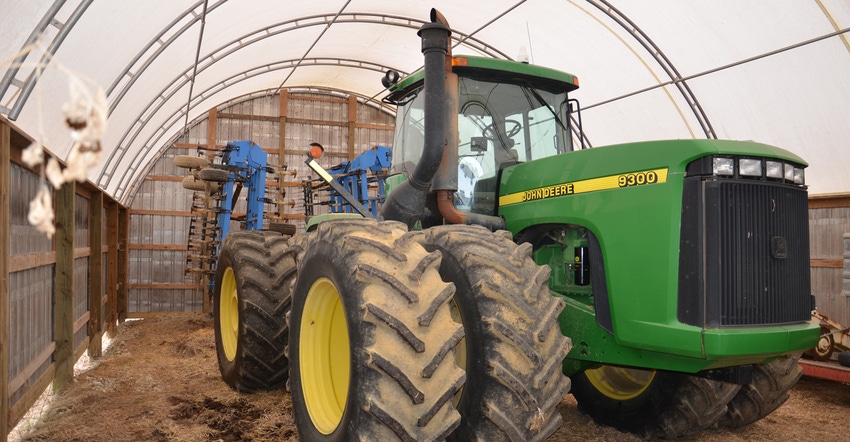February 5, 2018

By Joy McClain
Dakota Everts, a Growing Forward specialist with Farm Credit Mid-America, believes no one should be intimidated when approaching lenders. It’s the lender’s job to walk the borrower through the process and answer questions.
The best way to ensure you’ll get started right with a lender is being prepared and having the necessary financial information available, along with goals and a business plan.
It takes time to improve solvency and achieve goals, Everts says. But a good working relationship with your lender will certainly help make long-term goals attainable.
Everts offers tips and information for the interview portion of lending to help ensure a better partnership. An earlier article highlighted three keys related to credit score.
Key terms
Understanding key terms and definitions lenders use is a must. Everts provides this list of eight:
• Income statement. Your tax return looks at a single year and shows all areas where income is coming from. The lender needs to see money and true value; don’t hide funds. An income statement is a model for net income. It should include farm and nonfarm income and expenses.
• Balance sheet. This is a snapshot of your operation on one day. A well-done balance sheet at year-end is the most important thing you can do for your operation. It provides a clear picture of what you own and what you owe, including home, livestock and crops in bins.
It can be beneficial to have separate balance sheets when it comes to succession for personal and farm assets, Everts says.
• Assets. This is a measure of your economic resource. Ask some questions. At year-end, are there unproductive assets? What are the trends? What works, what doesn’t, and where are the holes in the operation? For succession purposes, it’s important to understand what needs to change.
• Business plan. Your plan should identify what makes the operation or individuals successful. Any time you make a big change, add it to the plan.
• Liquidity. The definition is: current assets divided by current liabilities. Your operation must have enough liquidity to survive, Everts says.
• Solvency. Solvency means having more assets than liabilities. You’re able to pay debts. Being 50% solvent means the bank owns the other half and is a decision-maker. Improving solvency takes time but is imperative so decisions are made by you.
Increased earnings, assets that appreciate, and gifts or inheritance improve solvency.
• Working capital. One definition is: what is necessary to reinvest to get through difficult times.
A three-year “burn rate” in lender lingo means three crop cycles could take place without jeopardizing the operation, Everts says. Have enough working capital for the size of your farm so you don’t have to sell assets.
• Term of the loan. The length of a loan should be the first thing discussed, Everts says. Make sure the useful life of what you’re borrowing money for matches the term of the loan. Interest rate isn’t as important as term.
McClain writes from Greenwood, Ind.
You May Also Like




